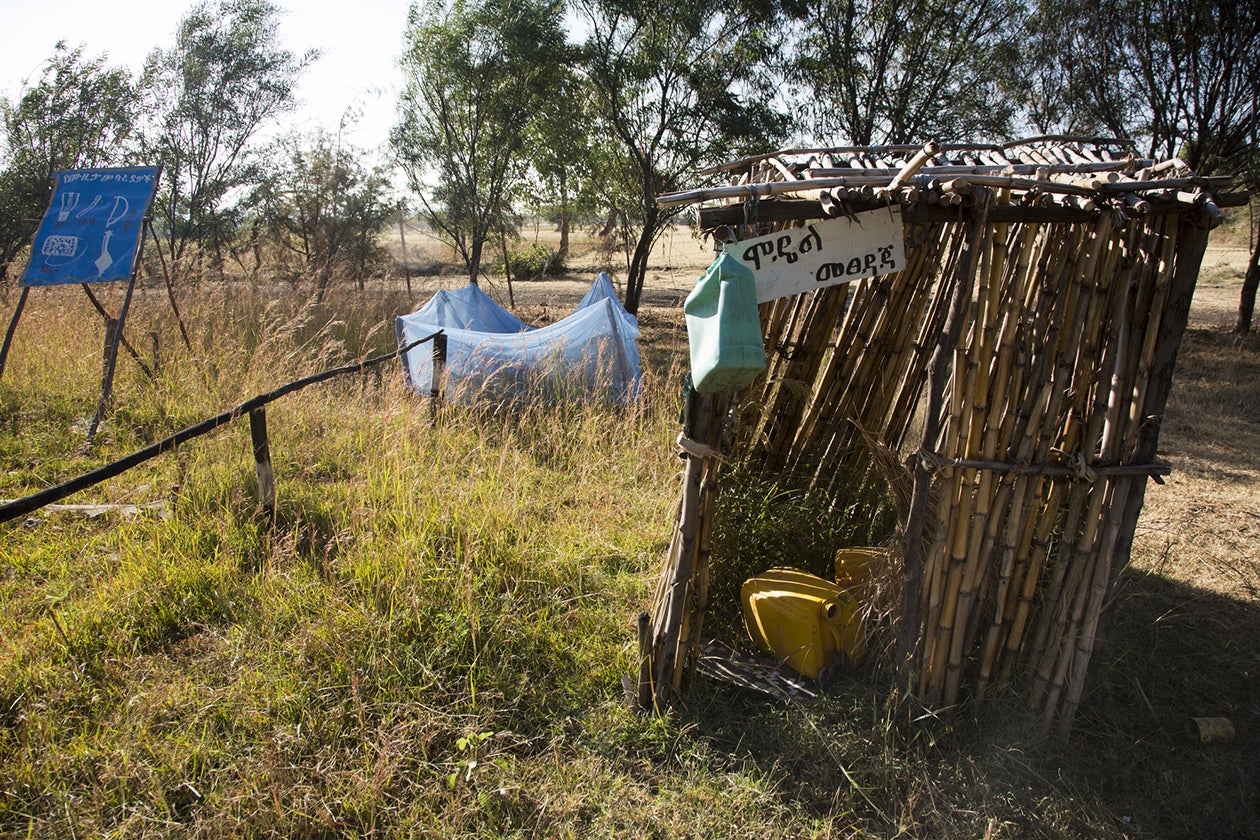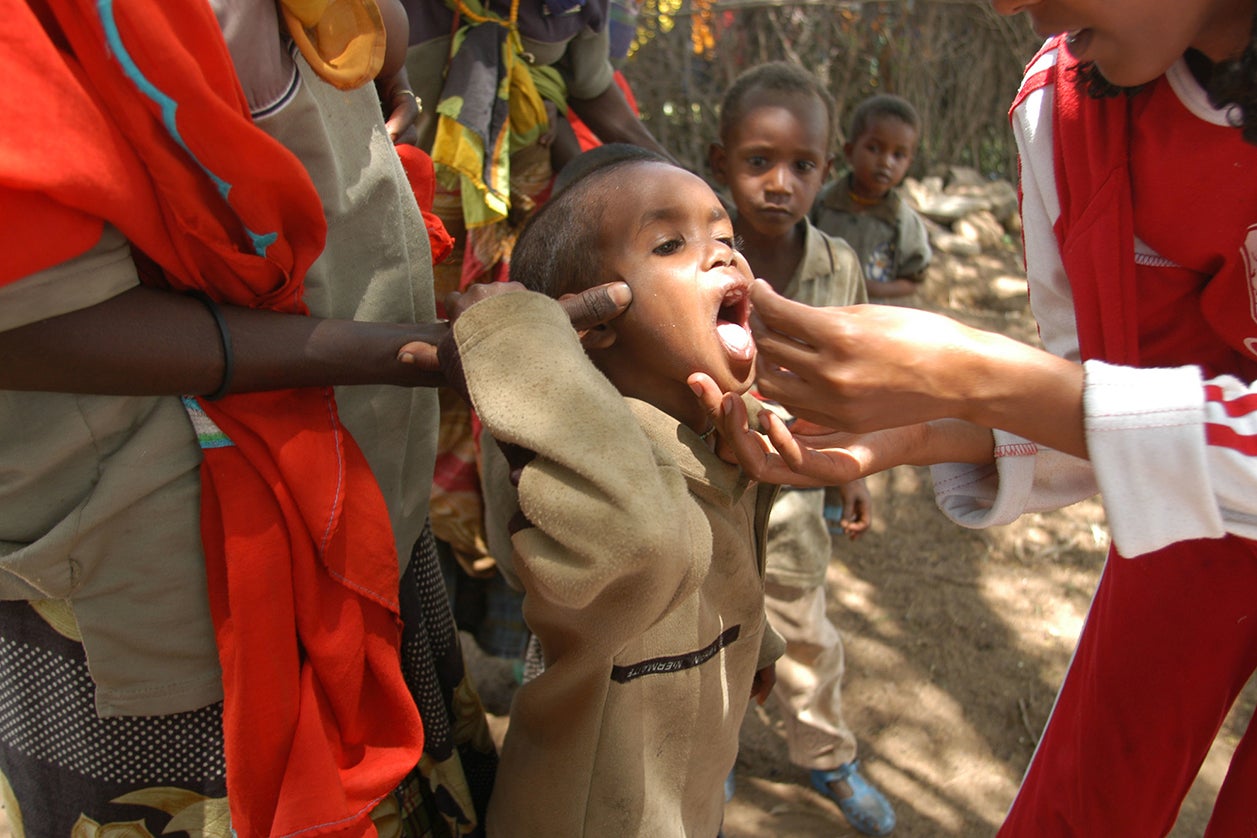Key Points
Remaining stunting burden: While Ethiopia has reduce its stunting prevalence at an impressive rate, that prevalence is still relatively high, and pockets of inequality remain in certain geographies and the poorest wealth quintiles.
Service Quality: The government has done an impressive job of extending services in many key sectors to the vast majority of Ethiopians, but getting to massive scale very quickly has involved trade-offs with the quality of those services. In education, health, and WASH, the government is now focused on improving the quality of services.
Nutrition-centric Programming: Like other pioneering low-income countries, Ethiopia has increasingly engaged in multisectoral policymaking and programming to address nutrition; however, early efforts specific to nutrition were slow to get off the ground and the government is still iterating to find the right approach.
Agriculture and climate: Despite targeted policies to address food insecurity, Ethiopia still faces difficulties in guaranteeing food security to all due to the frequency and severity of climate shocks.
Remaining stunting burden
Despite the progress achieved, as of 2016 more than one in three Ethiopian children was stunted. The current stunting rate of 38 percent is 4 percentage points higher than the sub-Saharan African average. Dietary diversity is a particular priority. Though many children have enough food to eat, the adequacy of nutrients in the diet is less clear. In 2016, only 14 percent of children ages 6 to 23 months had an adequately diverse diet – from at least four food groups.
Inequity is also a problem, both by geography and by wealth.
In 2016, prevalence in the chartered city of Addis Ababa was 15 percent, but it was 41 percent in the other chartered city, Dire Dawa. In the nine regions, prevalence ranged from 23 percent in Gambela to 47 percent in Amhara. As a general matter, the northernmost regions, including Afar, Amhara, and Tigray, have a higher prevalence of stunting than in the southern regions. However, prevalence fluctuates from region to region and year to year without a clearly discernible pattern, suggesting that a range of factors, including climate, conflict, and culture, play a role.
Children from the wealthiest families in Ethiopia are showing faster declines in stunting than children from the poorest families; as a result, the gap in stunting rates between the wealthiest and poorest quintiles has grown since 2000.
Maternal education
Educational Quality
The rapid growth of primary schools in the past decades has overburdened the education system and created a slew of new problems, most notably a high dropout rate and a deterioration in quality. The dropout rates are among the highest in the world— slightly more than 50 percent of primary school students finish grade 5, and 20 percent finish grade 8. Quality, although hard to measure, is universally regarded as a challenge. Part of the challenge is a crisis in the teaching profession. The best-performing secondary-school students tend to choose other professions; furthermore, teacher training consists of a summer program that takes place over three years and was developed decades ago. Approximately 70 percent of teachers say they feel bad about the profession; 98 percent say the pay is too low.
In secondary school, meanwhile, enrollment rates are still low. This is due at least in part to the fact that, while primary education is conducted in local languages, secondary education is conducted in English, and for most students the transition is not smooth. In addition, social norms still dictate that girls should leave school after their first period—and many schools do not provide facilities or supplies to accommodate menstruating girls.
Community Health Quality
Although the Health Extension Program has provided access to care to the vast majority of Ethiopians, the evidence also suggests that it may be reaching a point of diminishing returns. Over time, for example, HEWs have been given more and more responsibilities. HEWs were initially trained to deliver a package of 16 preventive interventions, but in 2010 they began offering treatment for diarrhea, malaria, pneumonia, and acute severe malnutrition. As their workloads have continued to expand, many HEWs feel overworked and underprepared, and the data shows that the quality of their work has suffered. According to a 2014 study, a cohort of HEWs mismanaged one-third of cases. According to one NGO representative:
"Health care providers have no passion and they are demotivated. This is a push factor for the mothers. If they don’t get quality care they will not come for a follow-up."
- NGO representative, April/May 2019
The government has tried to address these issues by continually updating trainings and creating a career ladder for HEWs that enables them to earn more as they gain experience and skills. In the future, the government plans to provide HEWs a second year of training, shift some responsibilities to the Health Development Army, and adapt the program for pastoralist and urban communities, which appear to have been underserved.
Water, Sanitation, and Hygiene Quality
Beyond the remarkable reduction in open defecation, Ethiopia’s progress on WASH is unclear. Because the indicators preferred by the global water and sanitation communities have shifted, what once appeared to be good progress now looks less impressive.
For example, Ethiopia met the water supply target under MDG 7 early on; by 2015, 57 percent of the population had access to improved drinking water. In the SDGs, however, the standard changed from “improved” to “safely managed,” and only 11 percent of people met that standard in 2017. This is because “improved” water sources can be located many kilometers away from people’s homes, whereas “safely managed” water sources are on-site (or within a half-hour’s walk in rural areas), available when needed, and free of contamination.
Inequity in access to water by residence
Although 77 percent of urban households had piped water in 2016, just 6 percent of rural households did. Where piped water is unavailable, women and girls especially must devote time, sometimes many hours every day, collecting water, which keeps them away from other important pursuits, including school. Moreover, “improved” water sources can still be contaminated (with E. coli, for instance, a major problem in Ethiopia).
Similarly, although hundreds of millions of Ethiopians are now using latrines instead of practicing open defecation, the vast majority of those latrines are not “safely managed,” and the fecal sludge stored in them is likely to seep back into the environment over time. According to one health worker:
"Everyone has toilet facility in their house but the quality is poor. It took us five years to make them dig a hole for a toilet because they don’t think that a toilet is important. And it will take a lot to make them build toilet with good quality."
- Health worker, SNNPR, May/June 2019

Nutrition-Specific Programming
Ethiopia has also launched a number of policies and programs focused directly on nutrition outcomes. These have yet to be effectively scaled, although the evidence about the most recent programs is not in yet.
In 2004, in response to a famine, the United Nations Children’s Fund (UNICEF) and the World Food Programme helped the government launch the Enhanced Outreach Strategy/Targeted Supplementary Feeding Program. Through this program, HEWs provide vitamin A supplementation and de-worming tablets, counsel families on infant and young child feeding practices, and screen for malnutrition and refer to feeding programs as necessary.
In 2008, the government launched a national nutrition strategy and policy and a National Nutrition Program (NNP). One of the pillars of the NNP was the community-based nutrition program, a continuation of the Enhanced Outreach Strategy. The NNP was instituted largely at the behest of the World Bank and UNICEF, however, and was not a priority for the government in its early stages. A survey of national-level stakeholders revealed that 19 percent did not even know the NNP existed, and the majority of respondents did not consider the second iteration of the NNP, in 2013, to be “totally or mostly government of Ethiopia owned.” In the kebeles where the community-based nutrition program was supposedly implemented, evaluations found that only “about one-third of children in active woredas” were “substantially involved.”

Despite the slow start to nutrition programming, the government continued to make commitments and launch programs. In 2012, Ethiopia officially joined the global Scaling Up Nutrition movement and launched the Sustainable Undernutrition Reduction in Ethiopia (SURE) program, with the Children’s Investment Fund Foundation. SURE once again extended the community-based nutrition program, and it attempted to link the health and agriculture sectors in an effort to improve nutrition. This first experiment in multisectoral coordination reflected state-of-the-art nutrition programming around the world, and it is still being evaluated.
In 2016, Ethiopia issued yet another nutrition program, the Seqota Declaration, a 15-year effort to reinvigorate the NNP and with the explicit goal of eliminating stunting. Supported by the European Union and other donors, and encompassing seven different ministries, the program expands the multisectoral focus of the government’s approach to stunting. It will be piloted at the regional level in Ethiopia until 2020, at which point national scale-up is scheduled to begin.
Agriculture and Climate
The vast majority of Ethiopians, both pastoralist and non-pastoralist, depend upon rain-fed agriculture for their survival. Despite recent reforms, decades of outdated farm management practices have put stress on soil and water resources, and the changing climate is adding to that stress. Ethiopia is susceptible to ever-higher temperatures, severe droughts, and heavy rains that can lead to devastating floods. In general, the weather is more erratic and more extreme. Between 1960 and 2006, Ethiopia’s mean temperature increased by 1.3 degrees Celsius; according to climate models, it could increase by another 1.4 to 2.9 degrees Celsius by the 2050s.
Impact of climate shock in Ethiopia, 1990 Present
Although the government has adopted policies to help rehabilitate the environment, increase agricultural productivity, and build a safety net for farmers suffering from weather-related shocks. Despite these improvements, however, 8.5 million Ethiopians—close to 10 percent of the population—are still food insecure.
Ethiopia wasting

